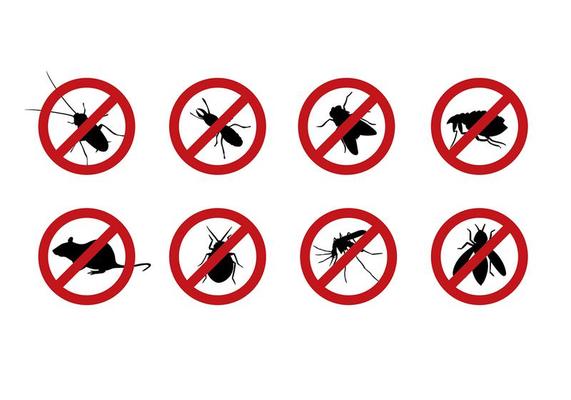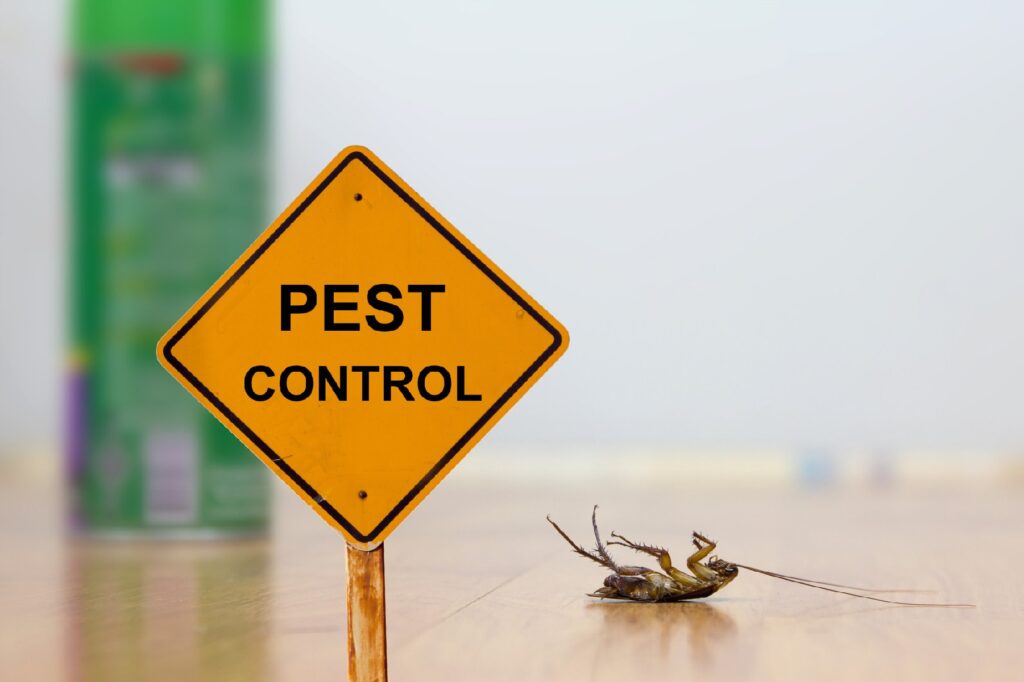Bed Bug Treatment Failure: Contrasting Chemical Vs. Non-Chemical Solutions
In the realm of bug control, especially when managing the relentless issue of bed pests, the choice between chemical and non-chemical treatment solutions can be a critical one. Both methods offer unique benefits and downsides, affecting elements such as performance, security factors to consider, and overall price. By taking a look at the nuanced details of each approach, a more clear understanding of which path to seek in addressing a bed pest infestation can be achieved.
Efficiency of Chemical Therapies
Chemical treatments for bed insect infestations have actually been widely identified for their potent and fast effectiveness in removing these bugs. When taking into consideration the efficiency of chemical treatments, it is vital to understand that they can offer a extensive and quick solution to a bed insect trouble. Professional pest control specialists frequently count on insecticides to target bed bugs at numerous phases of their life cycle, including eggs, grownups, and nymphs. These chemicals typically function by interfering with the bed pests' nervous system, leading to paralysis and eventual death.
In addition, chemical treatments have the benefit of using recurring results, implying that they can continue to remove bed pests even after the first application. This recurring action is specifically valuable in combating any prospective re-infestations. In addition, the fast action of chemical therapies can bring relief to people facing serious bed insect problems, permitting them to regain control of their living spaces rapidly.
Security Worry About Chemical Solutions
When using chemical remedies for bed pest treatment is making sure the safety of passengers and the atmosphere,One critical element that requires careful consideration. While chemical treatments can be effective in eliminating bed pests, they may pose threats if not taken care of properly. One of the key safety interest in chemical options is the possible damage they can trigger to human health and wellness. Direct exposure to particular chemicals made use of in bed bug treatments can bring about respiratory system issues, skin irritability, or various other damaging reactions, particularly in individuals with pre-existing conditions or level of sensitivities. In addition, inappropriate application or dose of chemical pesticides can cause harmful deposits sticking around in the cured area, presenting lasting health and wellness threats to owners.
Moreover, the ecological impact of chemical services is another significant factor to consider. Some chemicals utilized in bed insect therapies may be hazardous to useful bugs, wildlife, and ecosystems if they seep into the soil or water supply. It is essential to utilize chemical therapies judiciously, adhering to security standards, and taking into consideration less poisonous alternatives to minimize these threats and make certain the effective and risk-free monitoring of bed bug problems.
Benefits of Non-Chemical Approaches
Taking into consideration the potential safety worries and environmental effect associated with chemical services for bed pest treatment, discovering non-chemical strategies presents an encouraging alternative with numerous unique advantages. Non-chemical therapies are ecologically pleasant, as they do not add to air or water air pollution, making them a sustainable option for bug control.
Furthermore, non-chemical options can be effective in targeting bed bugs, consisting of hard-to-reach locations where chemical treatments may not penetrate. Methods such as warmth therapy, vacuuming, vapor cleaning, and bed mattress encasements provide extensive obliteration without making use of harmful chemicals. Furthermore, non-chemical strategies can be less disruptive, calling for minimal preparation and permitting for quicker reentry right into treated locations. Generally, selecting non-chemical bed insect therapy methods not only focuses on safety and environmental management but additionally guarantees detailed and effective pest control.
Limitations of Non-Chemical Treatments

Furthermore, non-chemical therapies frequently need multiple applications to attain successful elimination. This can be time-consuming and might not always guarantee total elimination of all bed insects and their eggs, particularly in surprise or hard-to-reach places.
Moreover, the success of non-chemical treatments greatly relies upon proper execution and thoroughness, which can be testing for individuals without professional More Info knowledge. Poor application of non-chemical techniques might lead to insufficient obliteration, bring about persistent invasions and the requirement for added treatments.
Consequently, while non-chemical treatments have their benefits, it is vital to recognize these restrictions and consider them when identifying the most efficient method for taking care of bed insect problems.
Expense Comparison: Chemical Vs. Non-Chemical Options
Given the limitations related to non-chemical treatments, an important aspect to evaluate in the context of bed insect administration is the price contrast in between chemical and non-chemical choices. Chemical treatments commonly involve the application of insecticides by professionals, which can vary from $250 to $900 per room, depending upon the extent of the infestation and the dimension of the area to be treated. On the other hand, non-chemical therapies like warm therapy or steam can be a lot more pricey, with prices ranging from $1,000 to $6,000 for a whole home. go to my site While the first expense of chemical treatments may seem lower, several therapies might be required to fully remove the problem, possibly increasing the overall price. On the other hand, non-chemical options might give an extra environment-friendly and lasting option, although they can be cost-prohibitive for some people. Eventually, when considering the price of bed pest treatment choices, it read this post here is necessary to consider the in advance expenditures versus the effectiveness and lasting sustainability of the selected approach.
Verdict

Considering the prospective security issues and ecological effect connected with chemical options for bed insect treatment, checking out non-chemical strategies offers an encouraging option with several distinct benefits.Offered the limitations associated with non-chemical treatments, an important element to examine in the context of bed insect management is the cost comparison in between chemical and non-chemical alternatives. In contrast, non-chemical treatments like warm treatment or steam can be extra expensive, with expenses ranging from $1,000 to $6,000 for a whole home. While the preliminary price of chemical therapies might seem reduced, numerous treatments may be required to totally get rid of the problem, potentially enhancing the overall expense.In final thought, when contrasting chemical and non-chemical bed insect therapy options, it is necessary to take into consideration performance, security, advantages, restrictions, and price.